18 Elegant Chinese Flowers and Their Cultural Symbolism
Chinese flowers are more than just beautiful blooms; they carry deep cultural meanings and symbolism. From the regal peony to the delicate lotus, each flower represents something unique, often tied to important values like love, prosperity, and resilience. These flowers are not only admired for their vibrant colors and graceful forms but also for the stories and beliefs they carry. In China, flowers play a significant role in festivals, art, and even daily life, bringing both beauty and meaning into the world. The symbolism behind each bloom offers a glimpse into Chinese culture and its long-standing traditions. Whether used in celebrations or simply admired in gardens, these flowers hold timeless importance.
This post may contain affiliate links, which helps keep this content free. Please read our disclosure for more info.
Peony
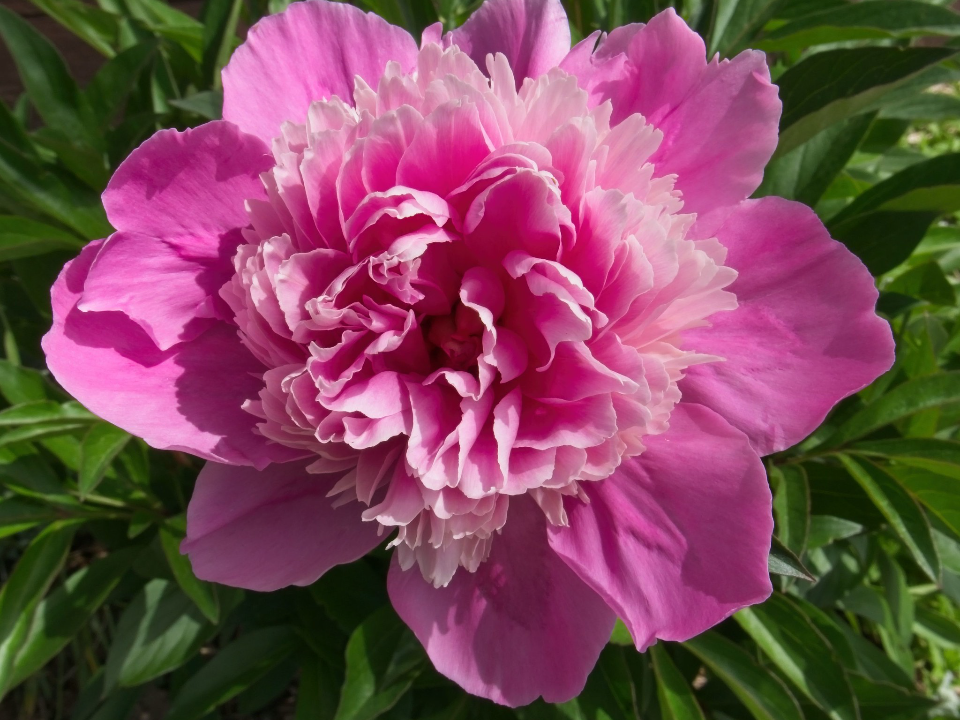
The peony is one of the most celebrated flowers in Chinese culture. It symbolizes wealth, prosperity, and good fortune, often associated with imperial power and beauty. It is sometimes referred to as the “king of flowers” due to its grandeur and rich history in Chinese art and folklore. Throughout ancient times, the peony was regarded as a symbol of nobility and high status.
In Chinese New Year celebrations, peonies are commonly used as decorations to invite prosperity into the home. The flower’s bold, vibrant colors, such as red and pink, are believed to bring joy and happiness. It is also a symbol of love and romance, frequently appearing in wedding decorations. Many believe that displaying peonies in the home will attract positive energy and good luck.
Chrysanthemum
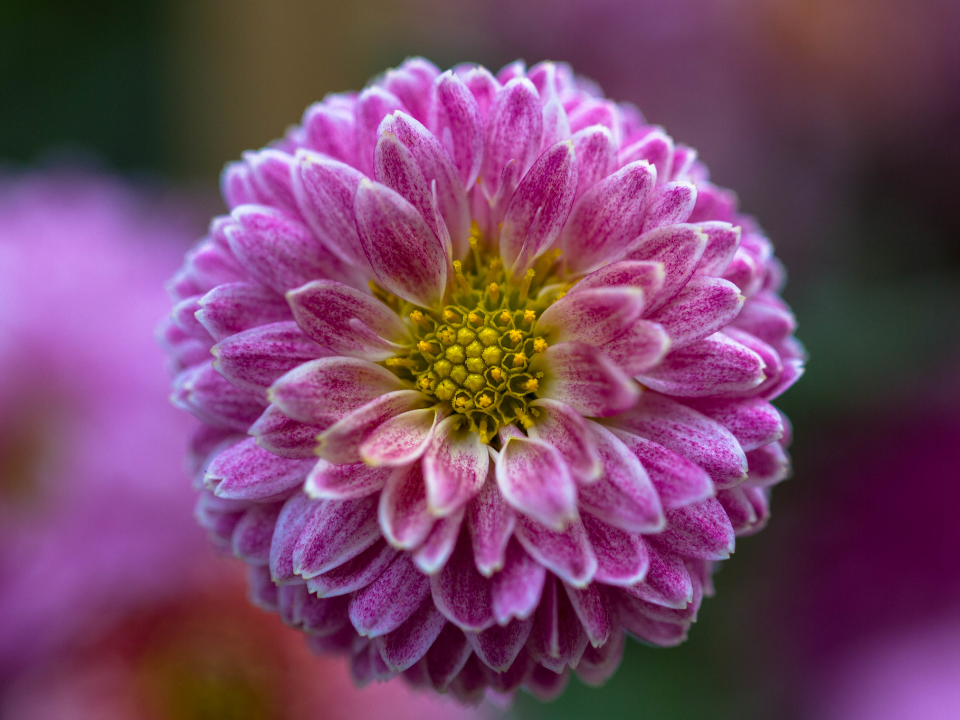
Chrysanthemums have a deep connection to Chinese traditions, symbolizing longevity and rejuvenation. In Chinese culture, the flower is a symbol of life’s eternal cycle and the changing seasons. It is particularly associated with the autumn months when the flowers bloom. Chrysanthemums represent resilience, as they continue to thrive even in the cooler weather, reminding people of endurance and perseverance.
The chrysanthemum also holds significant meaning during the Chinese Mid-Autumn Festival. It is said to bring peace and tranquility, offering a moment of reflection. The flower is often used in Chinese herbal medicine, believed to help with ailments such as headaches and high blood pressure. It stands as a symbol of harmony and natural balance, showing how nature can provide comfort and healing.
Lotus
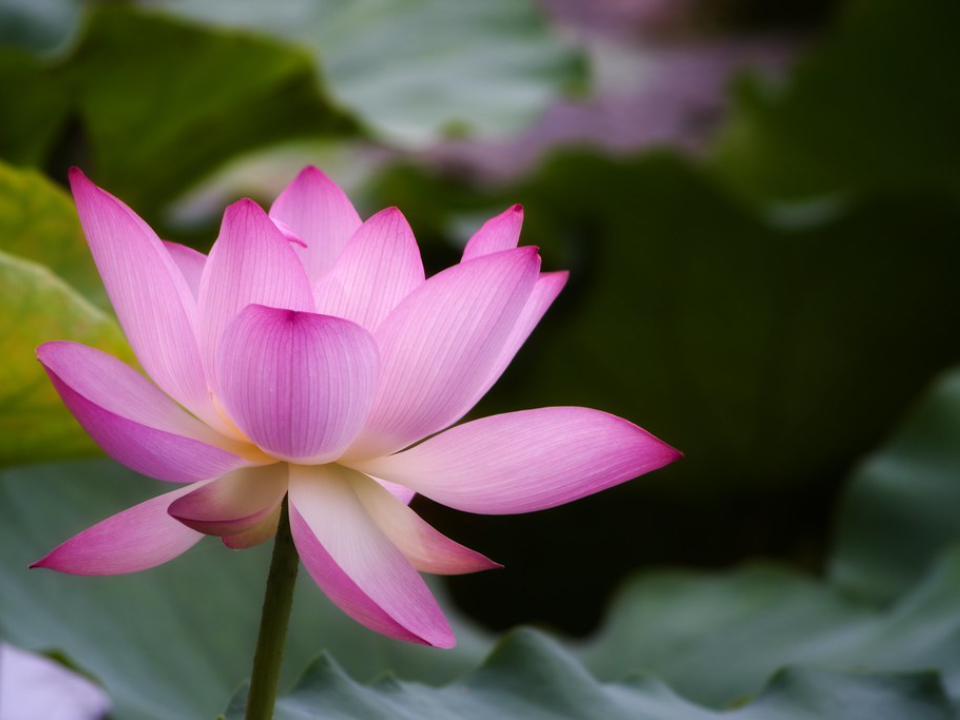
The lotus is an important flower in Chinese culture, symbolizing purity, enlightenment, and rebirth. It grows in muddy waters but remains clean, symbolizing how one can maintain purity and wisdom even in difficult or challenging circumstances. The lotus is particularly significant in Buddhist traditions, where it is associated with spiritual awakening and enlightenment.
In Chinese mythology, the lotus represents the ability to rise above adversity and achieve spiritual growth. It also symbolizes beauty and grace, often depicted in traditional Chinese art. Its association with the sacred makes it a powerful symbol of moral integrity and personal transformation. Lotus flowers are often seen in temples and spiritual spaces as a sign of devotion and inner peace.
Orchid
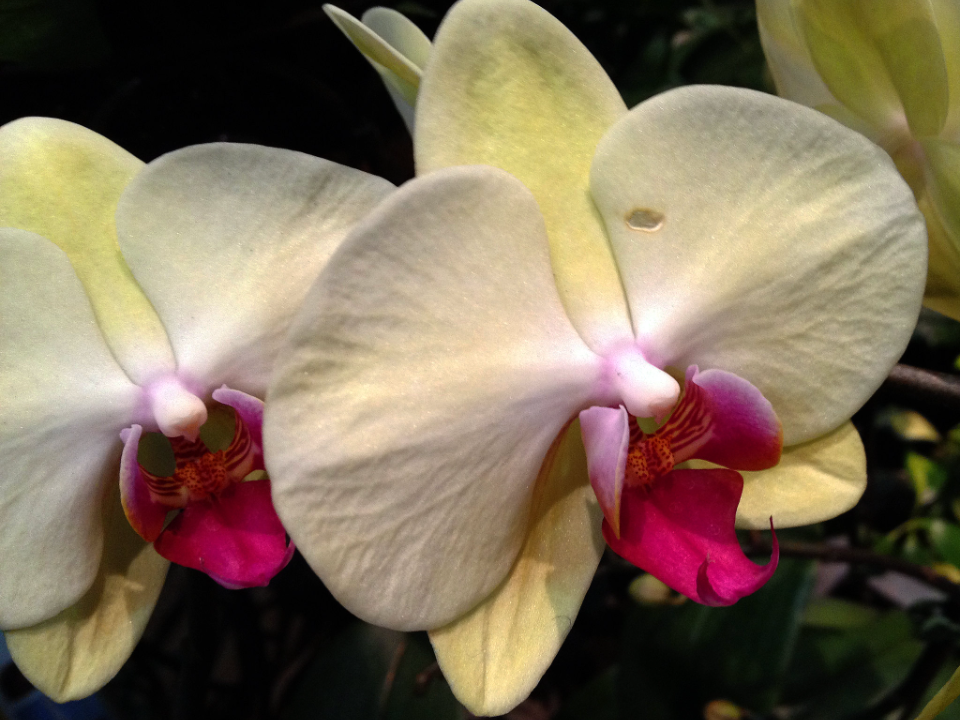
Orchids are a symbol of elegance, refinement, and strength in Chinese culture. Known for their delicate petals and graceful appearance, they often represent beauty in the purest form. The orchid is also a symbol of friendship and love, conveying respect and admiration for others. In ancient China, orchids were used to express noble character and the qualities of a gentleman.
In traditional Chinese medicine, the orchid is associated with health and longevity. The flower is believed to have various healing properties, including promoting vitality and improving overall well-being. Orchids also play an important role in Chinese poetry, often representing quiet strength and inner beauty. Their presence in Chinese gardens is considered a sign of good taste and harmony with nature.
Plum Blossom
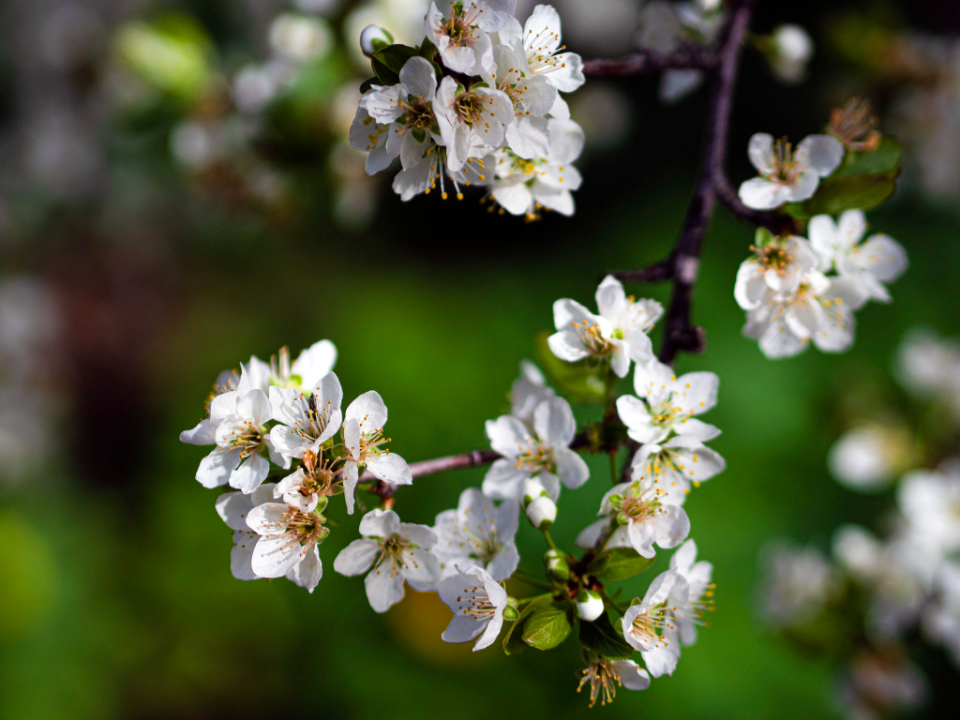
The plum blossom is the national flower of China and symbolizes resilience, perseverance, and renewal. Blooming in the cold winter months, it represents strength in the face of adversity. This flower’s ability to thrive even in harsh conditions is a powerful reminder of the importance of enduring tough times. It is a symbol of the triumph of the human spirit and the promise of new beginnings.
In Chinese literature and art, the plum blossom is often associated with the arrival of spring, signaling a fresh start and the awakening of life. The five petals of the plum blossom represent the five virtues: benevolence, righteousness, propriety, wisdom, and faith. The flower is also seen as a symbol of hope and optimism, inspiring individuals to remain steadfast through difficult times.
Camellia
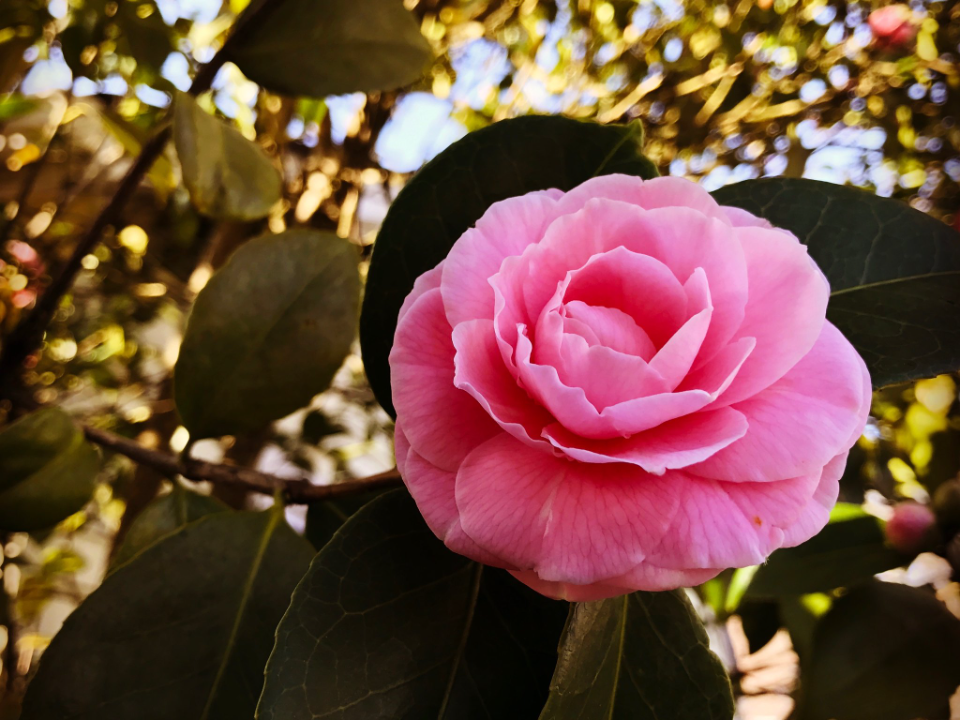
The camellia is a symbol of love, admiration, and affection in Chinese culture. Its delicate, rose-like blooms convey the idea of gentle beauty and devotion. The camellia is often associated with purity and nobility, making it a popular flower in Chinese art, particularly in depictions of romantic love. It is frequently used in weddings and other celebrations to represent lasting affection and commitment.
In addition to its romantic symbolism, the camellia is also seen as a representation of humility and grace. The flower’s simple yet stunning appearance makes it a favorite among those who appreciate understated beauty. Its connection to the Chinese New Year further emphasizes its association with new beginnings and positive change, as it is thought to bring happiness and good fortune.
Pei Flower (Snow Jasmine)
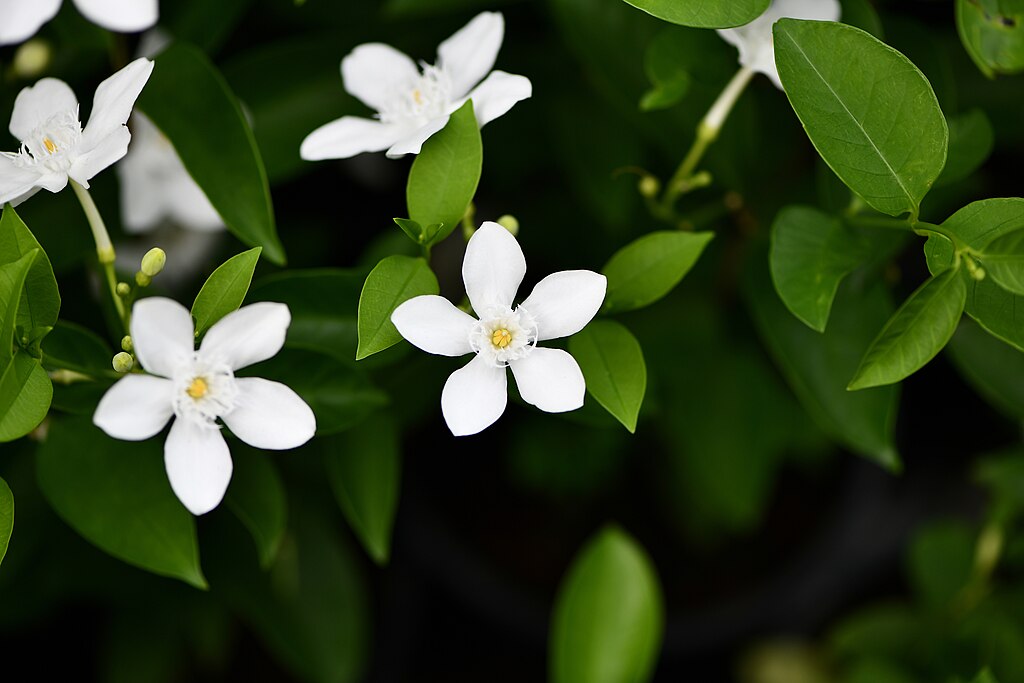
The snow jasmine, or Pei flower, is a symbol of elegance and grace. Known for its pure white blooms, this flower represents purity of heart and spiritual beauty. In Chinese culture, it is often linked to nobility and refinement, with its delicate petals signifying a soft and gentle spirit. The snow jasmine is also associated with resilience, as it flourishes in both the warmth of summer and the chill of winter.
This flower has a special place in Chinese poetry and literature, where it is often used as a metaphor for a woman’s inner beauty and strength. Snow jasmine blooms in the winter months, making it a symbol of hope and new beginnings. It is a reminder that even in the coldest of times, beauty and grace can emerge. People often use this flower in traditional Chinese medicine to promote tranquility and mental clarity.
Lily
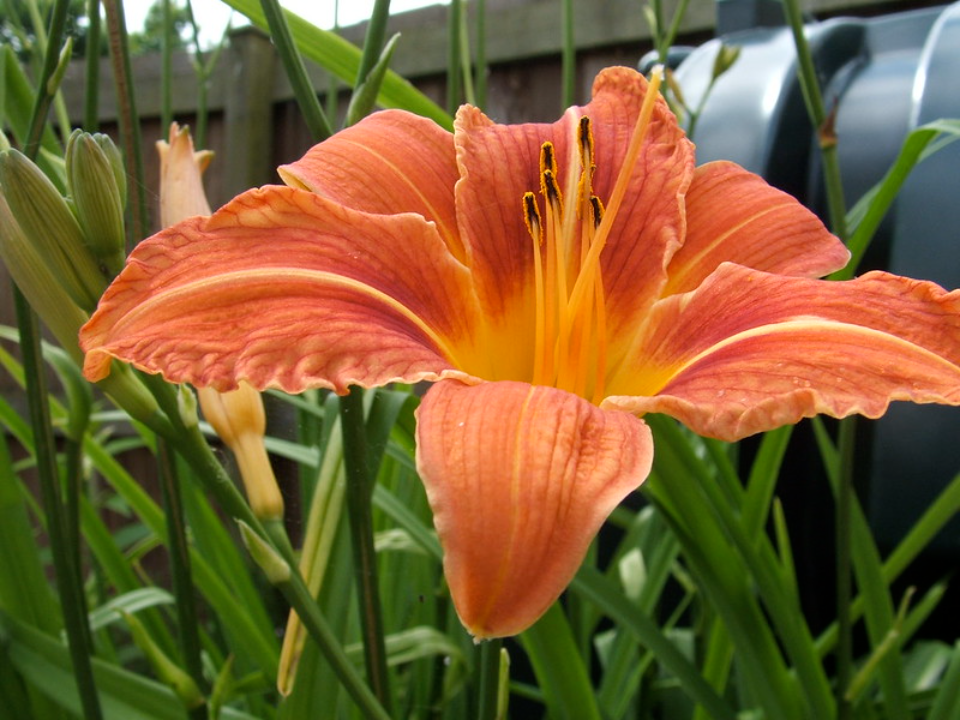
In Chinese culture, the lily symbolizes purity, elegance, and unity. Its pure white petals are often associated with the idea of a clean and virtuous life. The lily also represents happiness and prosperity, as it is commonly given as a gift during celebratory events. It is believed that the lily can bring good fortune and joy to the recipient, making it a popular flower in both personal and religious offerings.
The lily’s significance extends beyond its beauty, with many believing it to be a symbol of familial harmony. In particular, the lily is associated with the idea of togetherness and unity within a family. This makes it a common choice for wedding decorations, where it represents the merging of two lives in harmony. Its bright, joyful appearance further emphasizes the positive energy it brings to any space.
Begonia
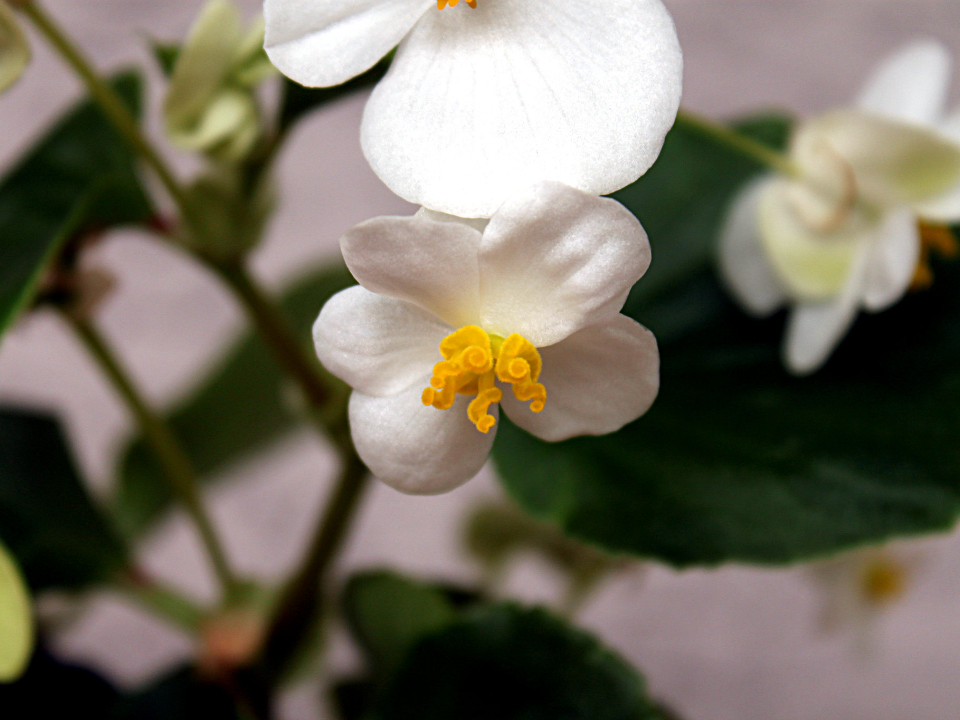
The begonia is seen as a symbol of wealth, success, and prosperity in Chinese culture. Its colorful flowers, often in hues of red and pink, represent the flow of positive energy into one’s life. The begonia is often associated with good fortune and is thought to bring luck to those who cultivate it. It is also a symbol of protection, particularly in guarding the home from negative forces.
This flower holds cultural significance in Chinese folk traditions and is often used during festivals and other celebratory occasions. The begonia is believed to have the power to bring peace and tranquility to the home. It can also symbolize the importance of balance, as its vibrant blooms stand as a contrast to its smooth, leafy green foliage. People often place begonias in their homes to invite success and harmony into their lives.
Wisteria
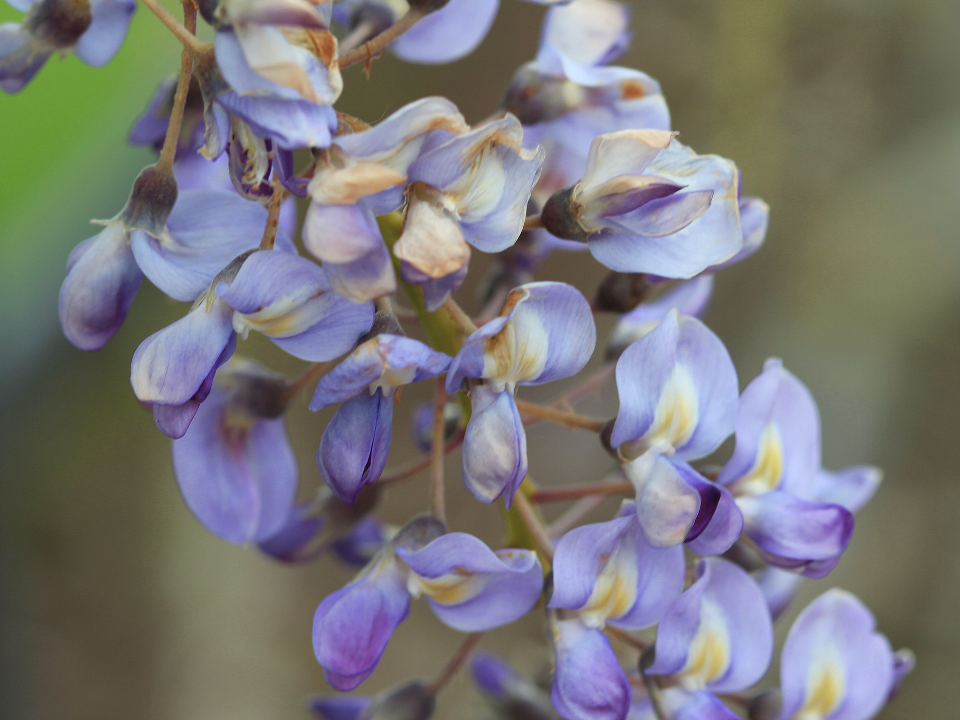
Wisteria flowers are known for their cascading beauty and symbolize grace, elegance, and rebirth in Chinese culture. The vine-like structure of the wisteria, with its flowing blooms, represents the continuous cycle of life, growth, and renewal. It is often associated with the spring season, marking the time for fresh beginnings and the revival of life. The wisteria is also seen as a symbol of affection and love.
The flower is commonly depicted in Chinese art, particularly in the form of intricate woodblock prints and silk paintings. In some traditions, the wisteria is associated with the idea of long-lasting love and loyalty, often used in wedding ceremonies to symbolize the enduring bond between two people. The plant’s beauty and strength make it a powerful symbol of resilience and transformation.
Narcissus
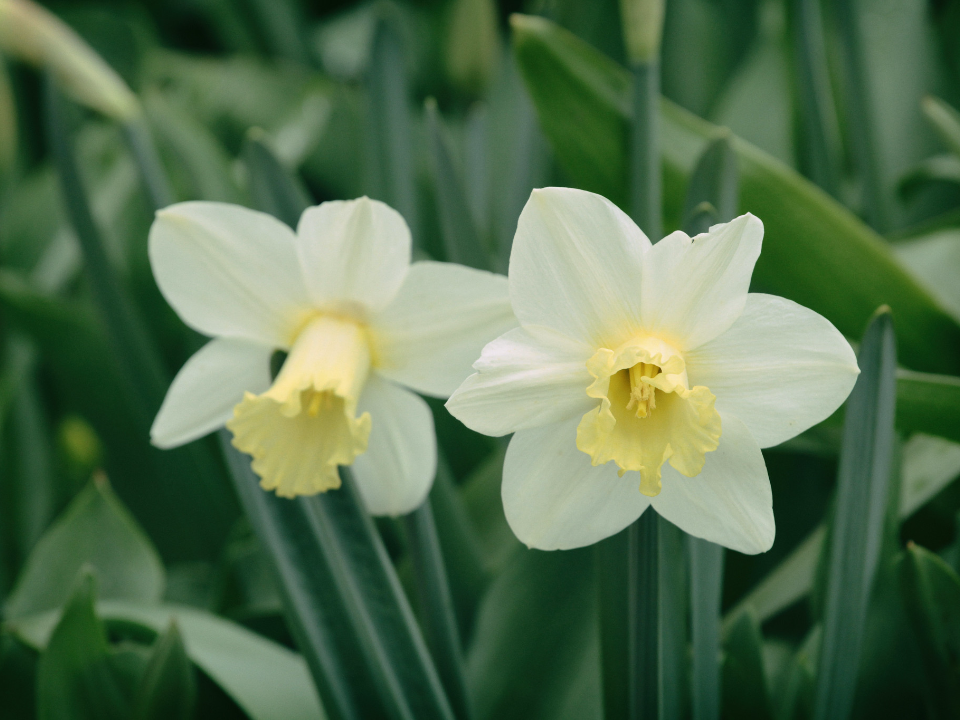
The narcissus, or daffodil, is a symbol of renewal, optimism, and good luck in Chinese culture. Its bright yellow flowers bloom in the winter months, signaling the arrival of spring and new beginnings. In Chinese tradition, the narcissus is believed to bring prosperity and wealth, often displayed during the New Year celebrations to invite good fortune into the home. It represents the idea of hope and the potential for growth and transformation.
The narcissus is also associated with purity and innocence. In Chinese folklore, it is believed that the narcissus has the ability to ward off evil spirits and protect the home. Its presence is said to bring balance and harmony to the environment, making it a popular flower for both religious and decorative purposes. The narcissus’s symbolism of renewal further emphasizes the importance of new starts and fresh opportunities.
Peony Rose
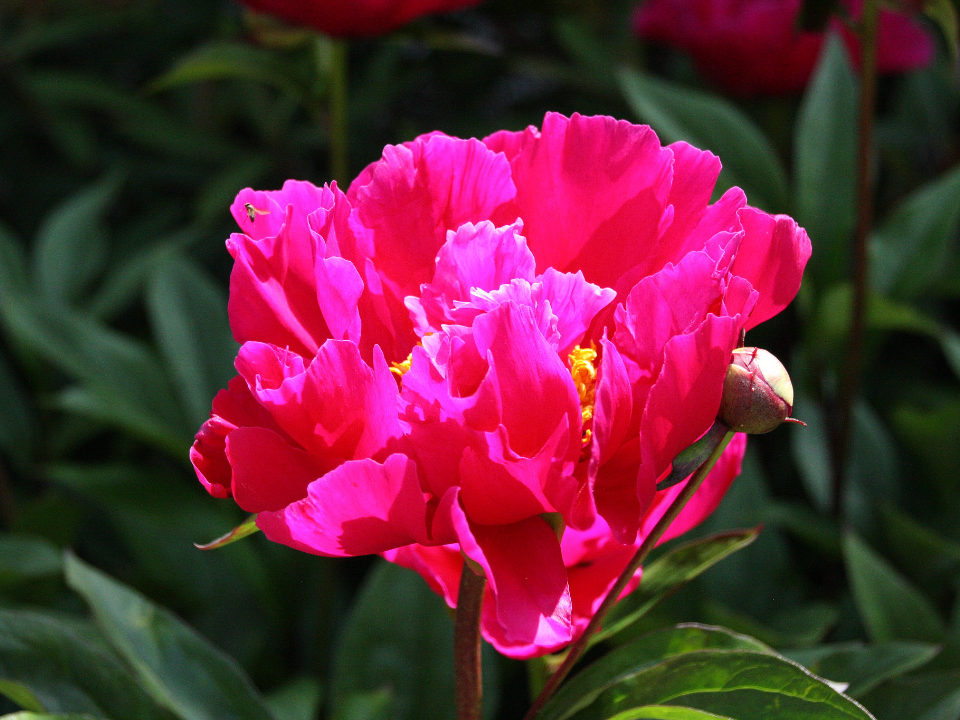
The peony rose is a hybrid flower that symbolizes love, romance, and passion. Combining the soft elegance of a rose with the boldness of a peony, this flower represents the merging of different aspects of life, particularly emotional strength and tenderness. In Chinese culture, the peony rose is often associated with beauty, nobility, and the idealized image of a perfect partner. It is a popular flower in wedding arrangements, where it conveys deep affection and devotion.
This flower is also believed to bring luck and prosperity to those who grow it. Its vibrant blooms are seen as a symbol of an abundant and fulfilling life, especially in terms of love and relationships. In Chinese literature, the peony rose is often depicted as a metaphor for the ideal romantic relationship. Its beauty and symbolism make it a powerful flower in both cultural and spiritual contexts.
Magnolia
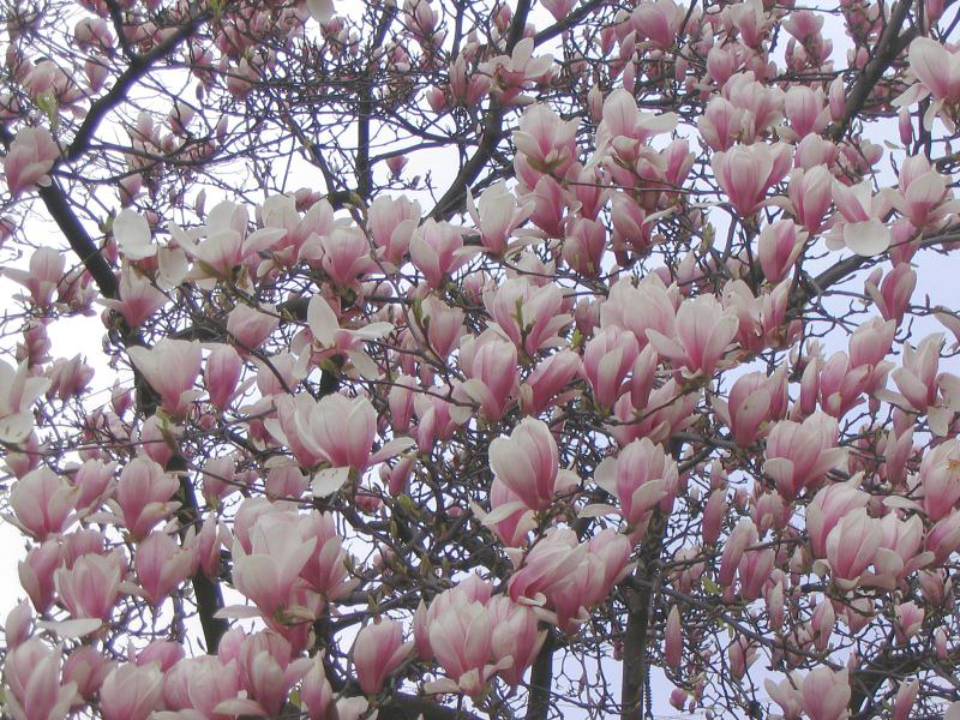
Magnolias are known for their delicate and fragrant flowers, which symbolize dignity, nobility, and perseverance. In Chinese culture, the magnolia is revered for its elegance and timeless beauty. It is often associated with the strength and resilience of the human spirit, as it can withstand harsh weather conditions and continue to thrive. The magnolia’s graceful appearance further underscores its connection to both inner and outer beauty.
In addition to its symbolism of strength, the magnolia is also linked to purity and spiritual enlightenment. The flower’s white petals represent cleanliness of the soul and the pursuit of moral integrity. Magnolias are often used in Chinese temples and gardens, where they symbolize the aspiration for peace and spiritual awakening. Their fragrance is also said to have calming effects, making them a popular flower for relaxation and meditation.
Gladiolus
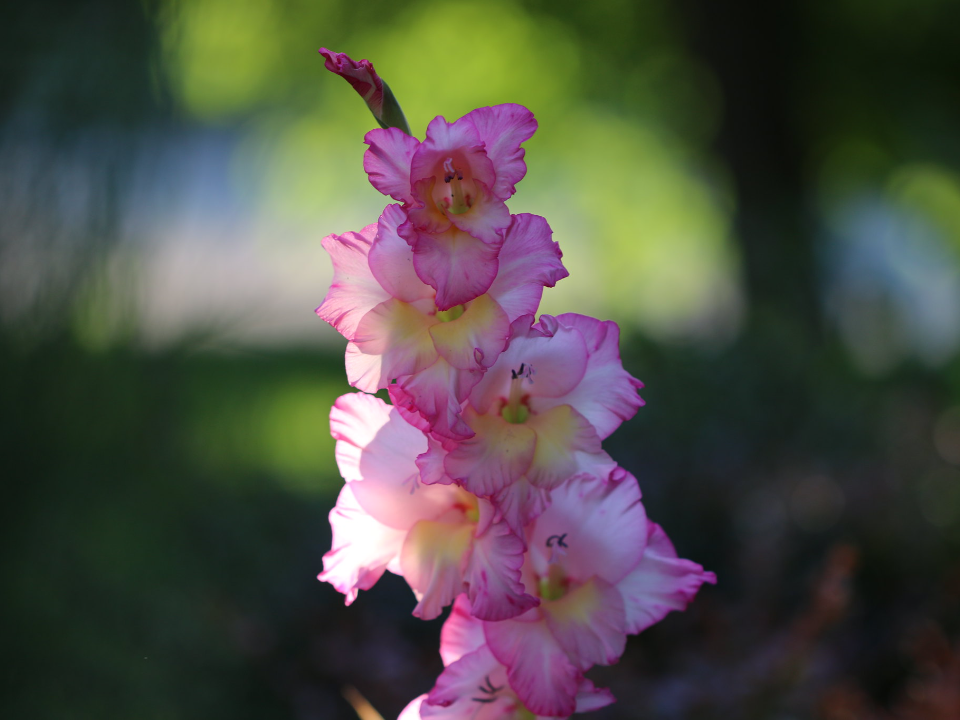
The gladiolus flower, with its long, striking blooms, represents strength, integrity, and moral character in Chinese culture. It is known for its tall, upright structure, symbolizing a person who is steadfast and resolute in their beliefs and actions. The gladiolus is also associated with love and passion, often seen in romantic settings as a way to convey deep emotions and unwavering devotion.
In Chinese tradition, the gladiolus is believed to bring success and honor to those who cultivate it. The flower’s vibrant colors, such as red and purple, are often linked to prosperity and wealth. Gladioluses are also used in festivals and celebrations, where they are thought to invite good fortune and protect against negative influences. Their beauty and strength make them a symbol of triumph and success.
Azalea
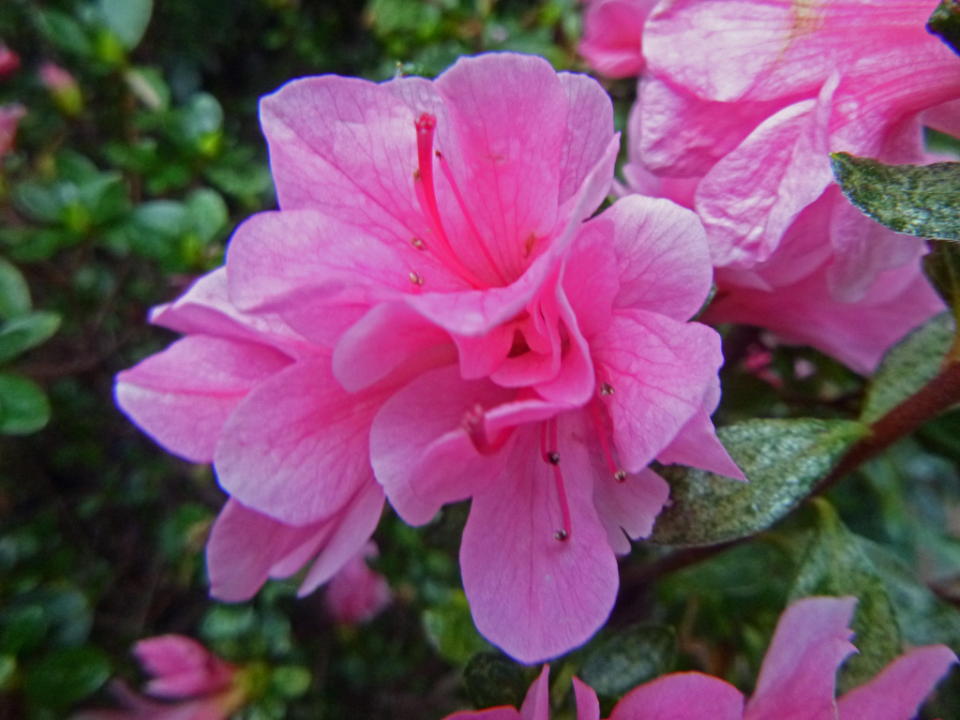
Azaleas are a symbol of love, passion, and femininity in Chinese culture. Their vibrant and colorful blooms represent the strength and beauty of a woman, often linked to the concepts of grace and inner power. Azaleas are frequently used in Chinese art and literature as metaphors for romantic love and the intense emotions that come with it. They are often depicted in delicate watercolor paintings, evoking a sense of softness and elegance.
In addition to their symbolic connection to love, azaleas are also associated with the arrival of spring and renewal. The flowers are thought to bring new energy and positivity, revitalizing the surroundings and creating an atmosphere of peace. Azaleas are often used in Chinese gardens to symbolize the blossoming of new opportunities and the continuous flow of life. Their beauty and symbolic meaning make them a popular choice for various ceremonial occasions.
Jasmine
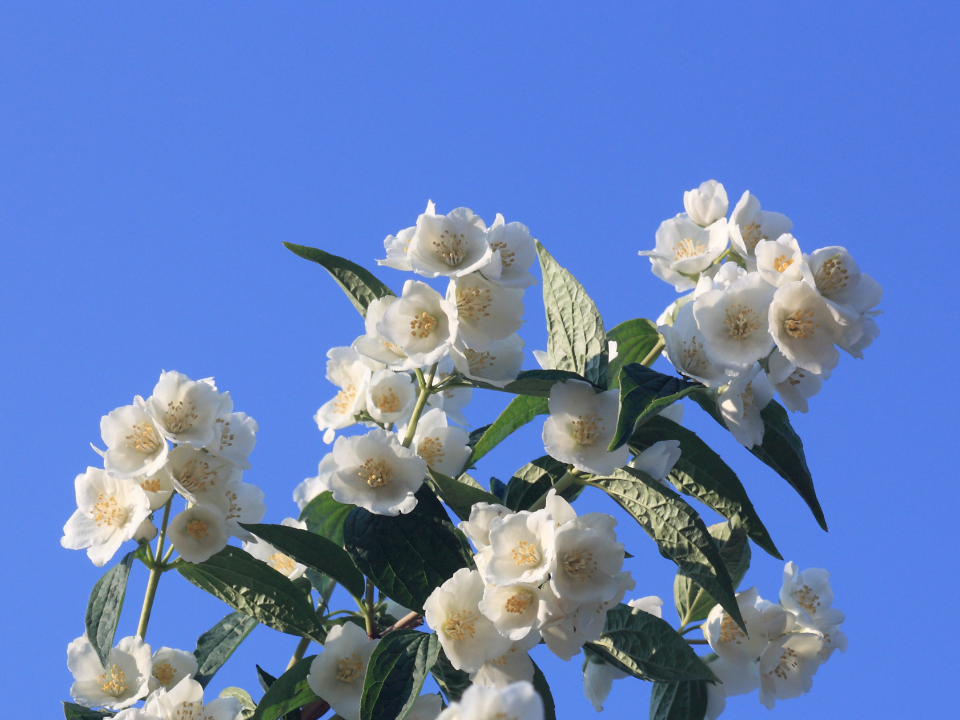
Jasmine flowers are synonymous with elegance, beauty, and purity. In Chinese culture, jasmine represents love and romance, often associated with the purity of the heart and the simplicity of love. The delicate white petals symbolize a love that is gentle and enduring. Jasmine is also linked to the concept of beauty in both the physical and spiritual sense.
Jasmine is often used in Chinese tea ceremonies, where its fragrance enhances the experience and creates a peaceful atmosphere. It is believed that the presence of jasmine promotes calmness and helps with relaxation. The flower is also associated with spirituality, and in Chinese medicine, it is said to help ease stress and anxiety. Jasmine’s sweet fragrance makes it a cherished flower for personal and spiritual growth.
Sunflower
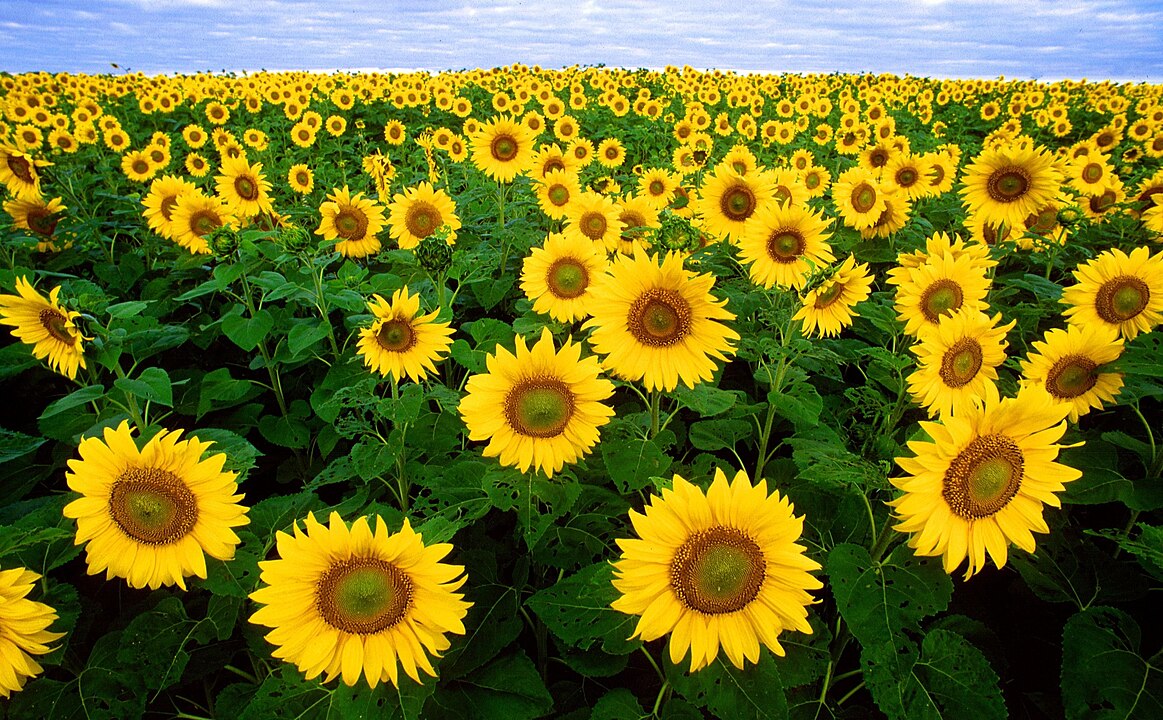
Sunflowers represent warmth, vitality, and happiness in Chinese culture. Their bright yellow petals symbolize the sun’s energy, bringing positivity and optimism. The sunflower’s large, round shape is seen as a symbol of completeness and wholeness, representing the full circle of life. It is often associated with the idea of seeking the light, both in a literal and metaphorical sense.
In Chinese folklore, the sunflower is believed to attract good fortune and bring prosperity to those who grow it. Its vibrant appearance makes it a popular choice for festivals and other celebrations. The sunflower’s positive symbolism also extends to the idea of loyalty and devotion. It is often given as a gift to convey admiration and respect, further enhancing its meaning as a symbol of affection and goodwill.
Red Poppy
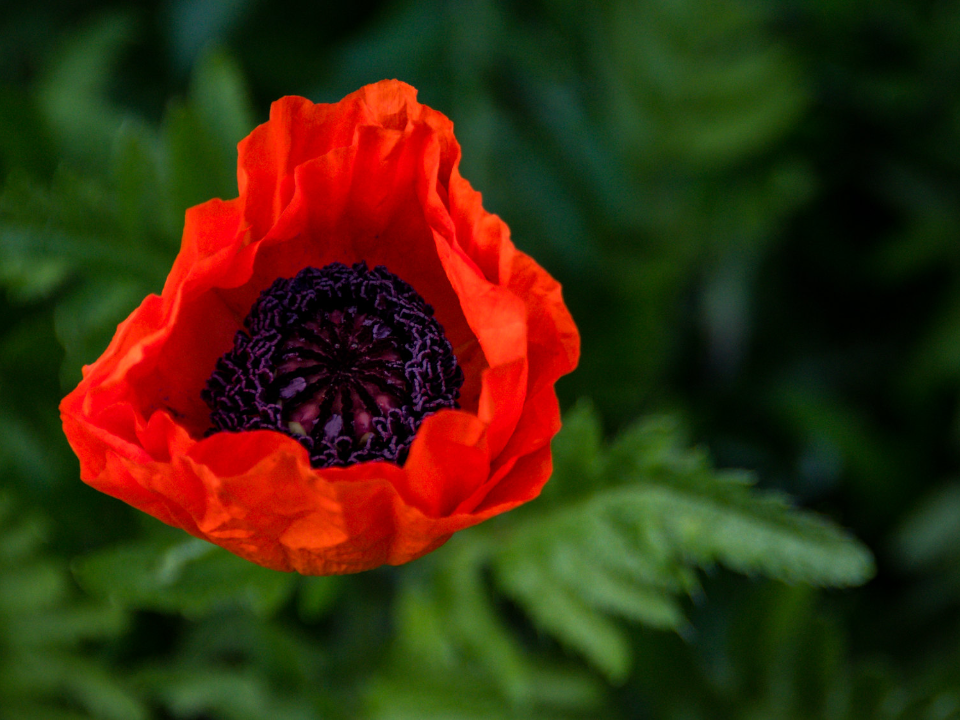
The red poppy is a symbol of love, remembrance, and peace. In Chinese culture, it represents the resilience of the human spirit and the remembrance of loved ones. The bright red color signifies passion and vitality, while the delicate petals convey the fleeting nature of life. The red poppy is also associated with rest and renewal, often seen in peaceful and reflective settings.
This flower has a special place in Chinese literature and art, where it is often used to convey themes of love and longing. The red poppy’s symbolism is closely tied to both romantic and familial love, representing the enduring connection between individuals. It is believed that the red poppy can help foster peace and harmony, both within oneself and in relationships with others. The flower’s beauty and powerful symbolism make it a cherished symbol in Chinese culture.
This article originally appeared on Avocadu.
